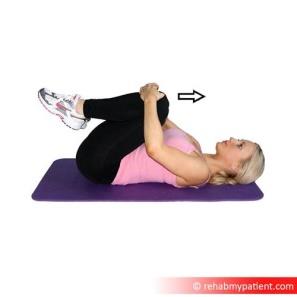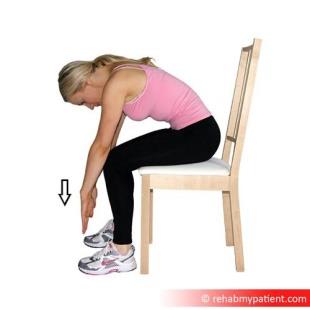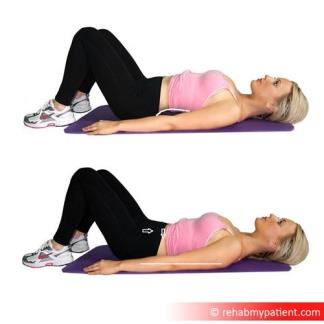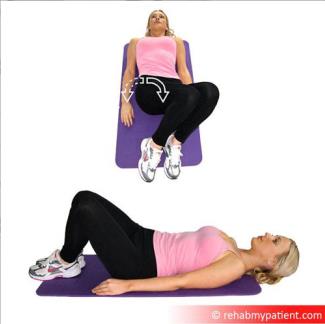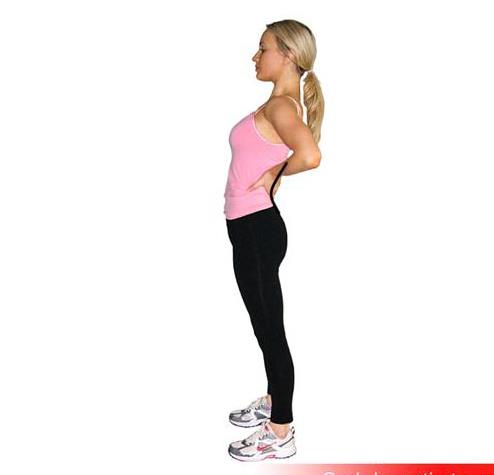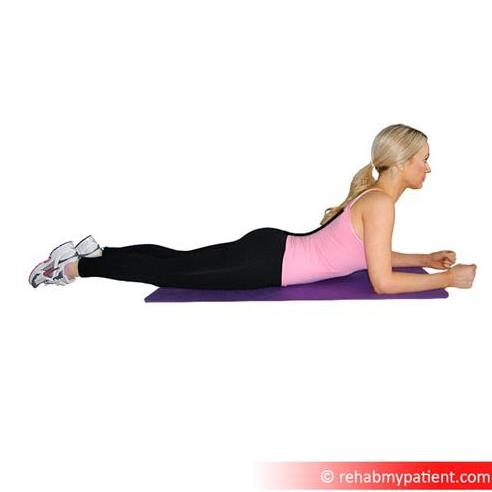Warning Signs
If you have severe pain which is getting worse over several weeks, or if you are unwell with back pain, you should consult your doctor.
The following symptoms are very rare, but if you suddenly develop any of them, you should seek medical advice by attending an accident and emergency department as soon as possible.
- Severe pain in back, buttocks, perineum (the area between your front and back passage), genitalia, thighs and legs, and loss of sensation, pins and needles or weakness in one or both legs
- Saddle numbness (loss of feeling in the body areas that sit on a saddle – buttocks, anus and genitals, inability to feel toilet paper when wiping)
- Recent onset of bladder dysfunction (inability to urinate / difficulty initiating urination / loss of sensation when you pass urine / incontinence/ loss of the full bladder sensation)
- Recent onset of bowel dysfunction (bowel incontinence / constipation / loss of sensation when passing a bowel motion)
- Recent loss of sexual function (inability to achieve erection or ejaculate/ loss of sensation during intercourse)
If you are experiencing any of these symptoms, please
seek immediate medical advice by attending an accident and emergency department
promptly.



